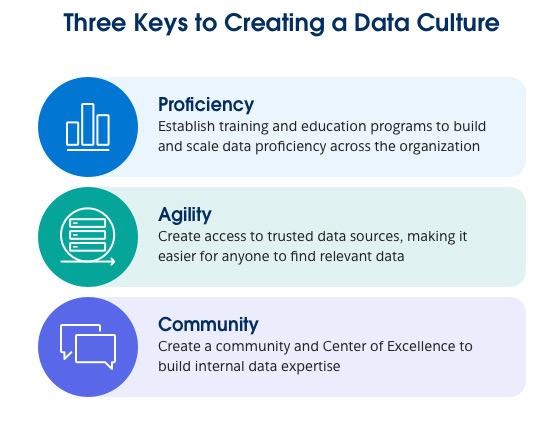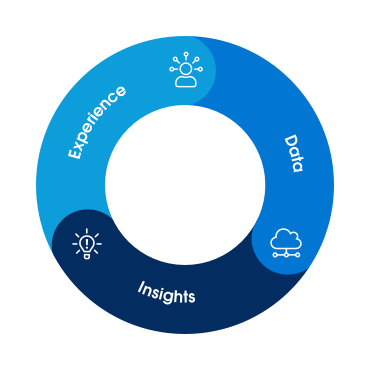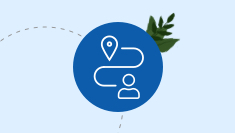Chapter 2: How You Make Decisions
Your business practices are your company’s habits — repeatable behaviors that enable you to scale effectively. In a product-centric world, these business practices optimise how you manufacture, market, sell, and service your products. In a customer-centric world, you still need to do all of that, but you also have to think about those activities from the customer’s perspective.
Your goal: Make it easy for employees to make it easy for the customer.
Well-designed customer experiences have never been more relevant. Here’s the evidence, according to research:
- Salespeople — once solely focused on closing transactions — now track customer satisfaction more than any other metric.
- The majority (88%) of high-performing marketers say they lead customer experience initiatives across their organisations.
- Even leaders in information technology (IT) now cite customer experience as their top priority.
The only way to deliver excellent experiences is to enable employees at every stage of the customer’s journey.
and Experiences and Data Centers

Look through the eyes of your customers and redesign what you’re asking them to do — at every touchpoint.
For example, think of how Uber redesigned the entire experience of getting a cab. They looked at every area of friction and simply removed it. No standing in the rain hailing a cab, no waiting to exit your ride to pay. At the same time, they made it easy for drivers to find riders. This combination of improved customer and workforce experience revolutionised an industry.



When Salesforce was founded in 1999, we offered only a small fraction of the technology we offer today. We grew into customer service, marketing, ecommerce, and more because our customers asked us to.
Our whole business is predicated on listening and delivering. Customer feedback is the engine that drives us — and it’ll help you evolve, too, for what comes next with your own customers.
The heightened stakes for customer expectations mean you have to solve for your customers’ job to be done in every moment. According to Harvard Business Review, your customers’ job to be done is “the progress that the customer is trying to make in a given circumstance – what the customer hopes to accomplish.”
By defining your customers’ jobs to be done, you’ll be in a better place to meet their needs and reconfigure your business practices to respond to their demands. This way, you’re staying focused on them, rather than your own products.
To deliver personalised and connected experiences at scale, you need to develop a holistic view of the customer and how they’re using your products and services to solve real challenges in their lives. Invest time in learning who your customers are and why they behave as they do.

Designate enough time and resources to rethink your current sense-and-respond capabilities and make a change. How can you evolve the legacy patterns on the left to the greater-value practices on the right? Get serious about uniting your marketing, sales, commerce, service, and IT teams to actually hear what customers are saying and make changes.
Throughout this process, cultivate an environment of psychological safety as a leader. Give teams the freedom to experiment and learn, and ensure everyone feels safe to offer criticism and share what’s not working.
- Establish a data culture and center of excellence.
- Build employee training programs on data proficiency, provide unified access to relevant data sources, and foster a data community with a Center of Excellence.
- Ensure that all teams incorporate insights from data and experiments back into the business.
- Create defined feedback loops.
- Develop listening mechanisms to capture, understand and respond to feedback that’s both internal from employees and external from customers and stakeholders.
- Align on a process to collect, view and socialise progress so teams are aware of timelines and KPIs.
- Build in flexible, iterative cycles.
- Have an iterative planning process that allows for regular retrospectives and incremental improvements.
- Ensure budget planning is part of that flexible process so that improvements can be resourced effectively.
Chapters
More Resources

State of the Connected Customer

Create your Customer 360 in two simple steps.











